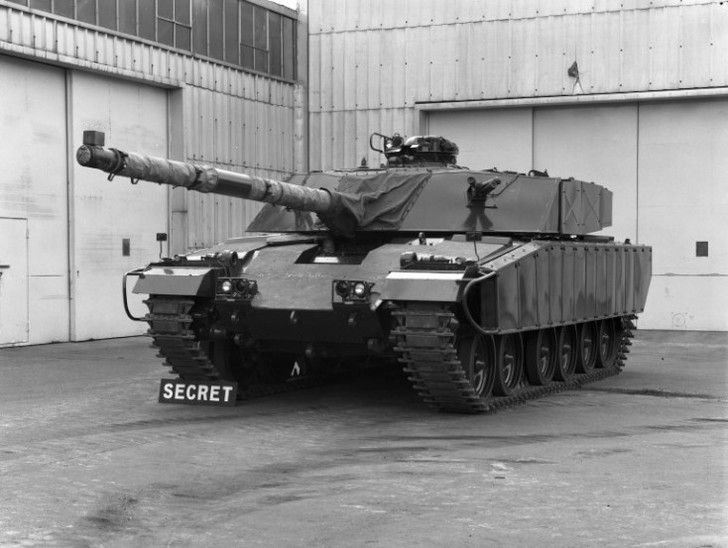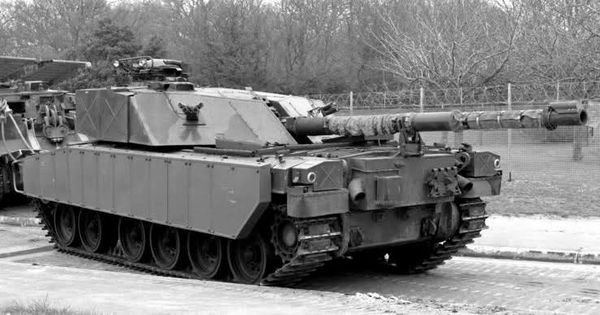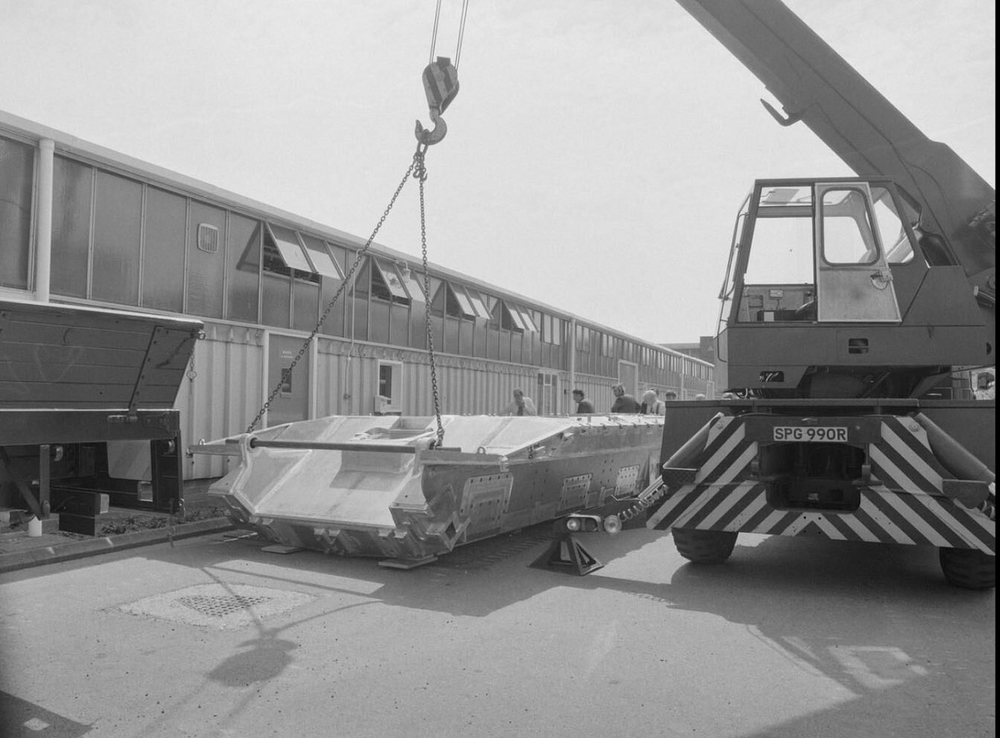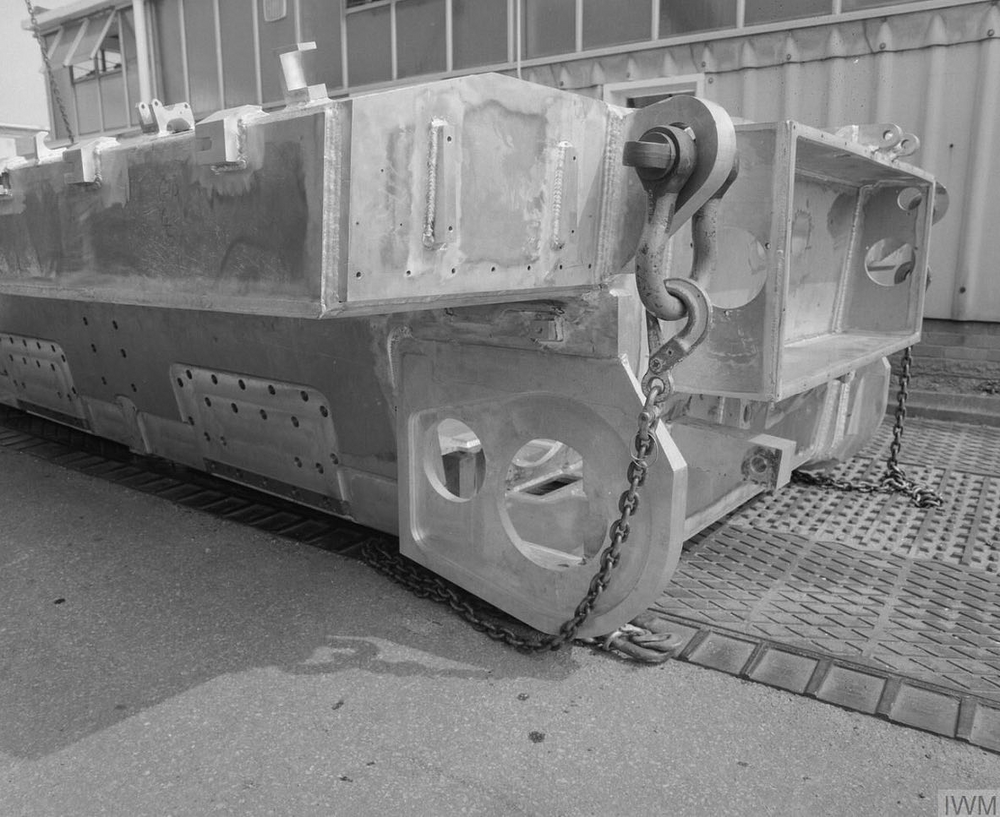- Yes
- No
Introduction
The FV4211, commonly known as the ‘Aluminium Chieftain’, originates from the 1960s as part of a British effort to counter increasingly powerful anti-tank weapons, such as APFS-DS and HEAT. Traditional rolled homogeneous steel armour could no longer provide adequate protection without drastically increasing vehicle weight and reducing mobility. In 1963, the Fighting Vehicles Research and Development Establishment (FVRDE) at Chobham, Surrey, began work on a revolutionary new armour concept that would later become known as Burlington, or, more famously, ‘Chobham’. This new composite system bonded hard ceramic tiles under compression, offering far superior resistance to penetration (both chemical and kinetic) compared to the equivalent weight of steel.
By the early 1970s, Chobham armour had proven effective in firing trials, and the next step was to integrate it into an operational tank design. The FV4211 project was launched to create a testbed using the existing Chieftain’s automotive systems but with an entirely new aluminium hull and turret structure to reduce overall weight. Initially designated Chieftain Mk 5/2, the prototype was later renamed FV4211 and became the first tank in the world to incorporate Chobham armour across its frontal arc. The first aluminium hull was completed at FVRDE within 13 months, fitted with a ballasted Windsor turret for mobility trials, and achieved around 12,000 test miles. A second hull, built by Royal Ordnance Factories Leeds, was later fitted with a newly designed turret incorporating a generous helping of Chobham, the rifled 120mm L11 cannon, and an advanced integrated fire control system.
Trials proved the FV4211’s concept was viable, but the use of aluminium to carry the heavy composite armour proved structurally problematic. Although plans were made to build up to ten prototypes, only one complete vehicle, designated TV-A, was finished. By 1972, the programme was cancelled, largely due to budgetary constraints and shifting defence priorities. Nevertheless, FV4211’s experiments in composite protection and hull fabrication provided invaluable data for later British tanks such as the Challenger series, and demonstrated the feasibility of Chobham armour as a new standard in vehicle survivability.
The sole prototype was used as a demonstration vehicle for visiting delegations, including U.S. and West German defence officials working on the M1 Abrams and Leopard 2 programmes. A Memorandum of Understanding signed in 1972 allowed the U.S. access to British research, leading to the integration of Chobham-derived armour into the Abrams. Germany’s Leopard 2 also adopted a similar protection philosophy following briefings during the joint Anglo-German FMBT studies. The FV4211 remains preserved at Bovington to this day.
In-game, despite being rather well-armoured and with decent firepower, the FV4211 will be highly limited due to it retaining the Chieftains L60 engine, rated to 750bhp. So although the armour scheme and firepower are broadly similar to the later FV4030/3 (Shir 2), the mobility will be significantly worse, and it could therefore be placed at a lower BR, such as 9.3 or 9.7.
Specifications
Spoiler
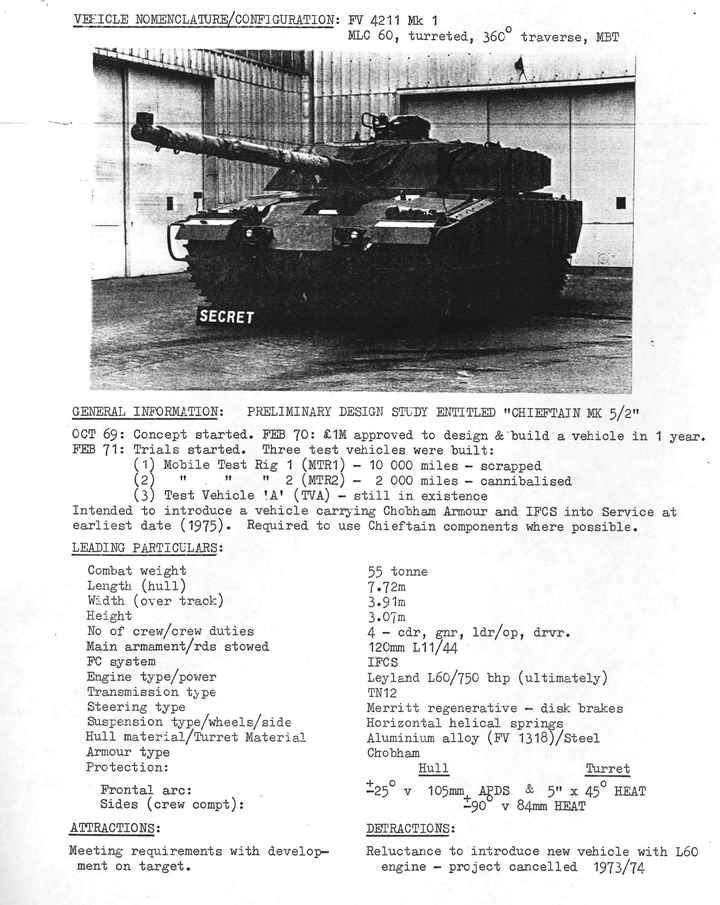
Images
Sources
Spoiler
Chieftain, General, Volume III, Ministry of Defence Branch Folder
Chieftain Mk 5/2 Preliminary Design Study, FVRDE, February 1970
Chieftain , Rob Griffin - The Crowood Press, 2001

